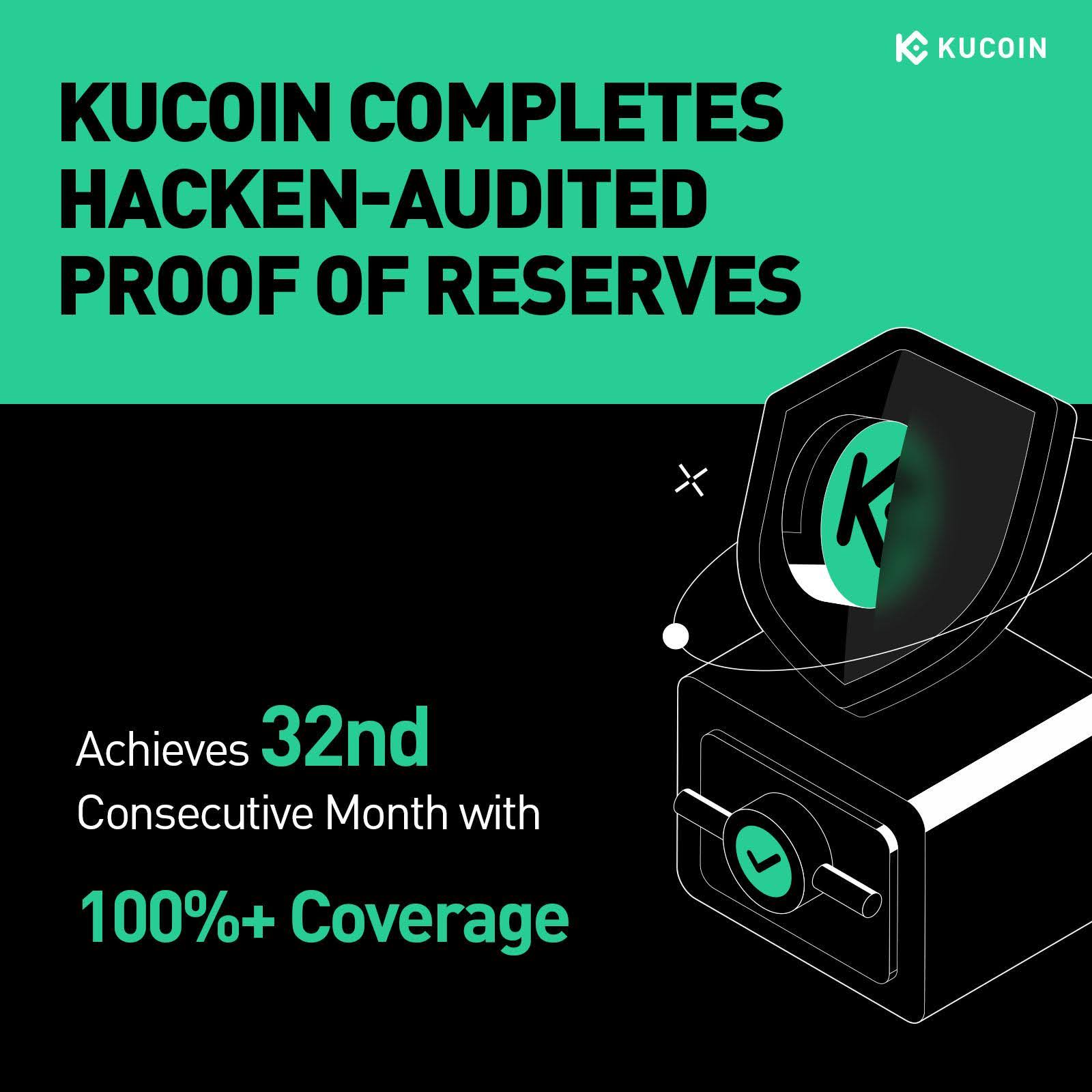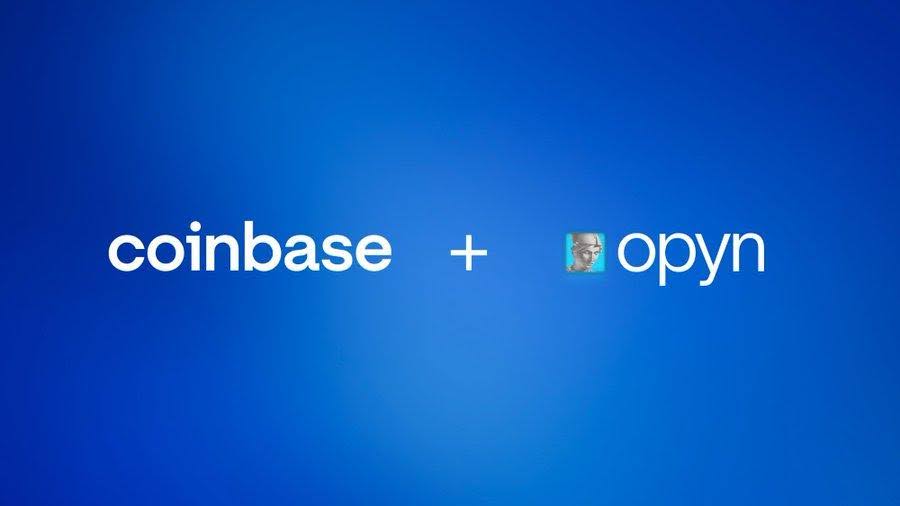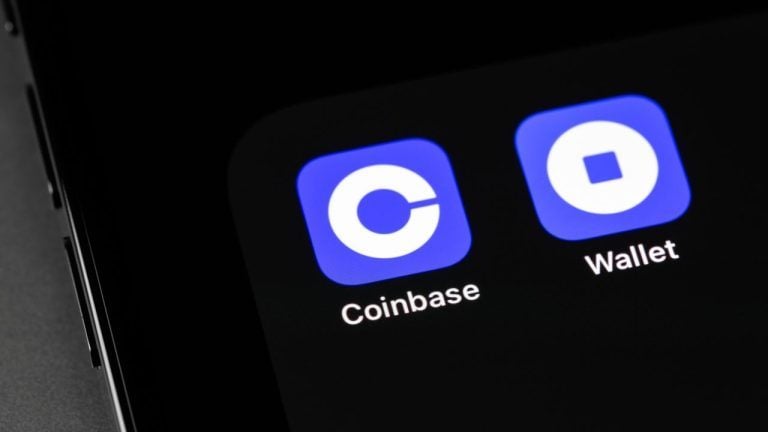I've been doing research on institutional crypto custody and looking at providers like Fireblocks, Gemini, Fidelity, and I can't seem to find anything on how these providers are actually holding the keys.
tl;dr: Are they using a Trezor or a ledger with multi-sig? Or something else that I haven't learned about yet?
I know how self-custody works, i.e., cold / hot storage, and I know what custody is in practice.
I've been reading articles, using ChatGPT/BARD, looking for videos online, and I'm not getting any answer to how the mechanics function for providers.
For example, if I'm a crypto hedge fund and I want to custody $1B in BTC with Fireblocks, how is Fireblocks storing this crypto? Surely they're not just putting it on a ledger that's in a safe somewhere.
Below is an example for Fidelity Digital Assets:
- 1) Offline, cold-vaulted storage: Cold storage with 24x7 on-site security, hardened room structure, as well as multi-person and multi-organization access controls.
- OK - So we're talking about a hardware wallet, probably in some safe, with armed guards, that require more than one person's password to access the safe.
- 2) Optimized custody: Assets are managed in an omnibus fashion while segregated at the books and record level to provide on-chain privacy and maximum liquidity and security.
- OK - So we're talking about about that all assets are held together in one pool but each client's assets records are kept separate in order to mask the ownership on chain, while still allowing client to access their funds quickly and securely.
- 3) Multi-tiered approval structure: Dynamic entitlement structure and multi-step authentication for transactions to mitigate fraud and protect your assets.
- OK - So we're talking about multi-sig, got it.
4) Multi-site storage: Private keys are each required to be accessed and authorized in varied geographic locations by separate teams of associates. Our multi-site design allows for full redundancy even if any site is completely unavailable.
- OK - So we're talking about Multi-Sig and multiple private keys held in separate physical locations.
This is actually a pretty good example but it still doesn't explain simply how does it ACTUALLY work and how are they ACTUALLY holding the keys?
Using the Fidelity example above:
Aside from all the marketing about armed guards and storing keys on multiple sites, are they using a Trezor or a ledger with multi-sig? Or something else that I haven't learned about yet?
[link] [comments]

You can get bonuses upto $100 FREE BONUS when you:
💰 Install these recommended apps:
💲 SocialGood - 100% Crypto Back on Everyday Shopping
💲 xPortal - The DeFi For The Next Billion
💲 CryptoTab Browser - Lightweight, fast, and ready to mine!
💰 Register on these recommended exchanges:
🟡 Binance🟡 Bitfinex🟡 Bitmart🟡 Bittrex🟡 Bitget
🟡 CoinEx🟡 Crypto.com🟡 Gate.io🟡 Huobi🟡 Kucoin.




















Comments